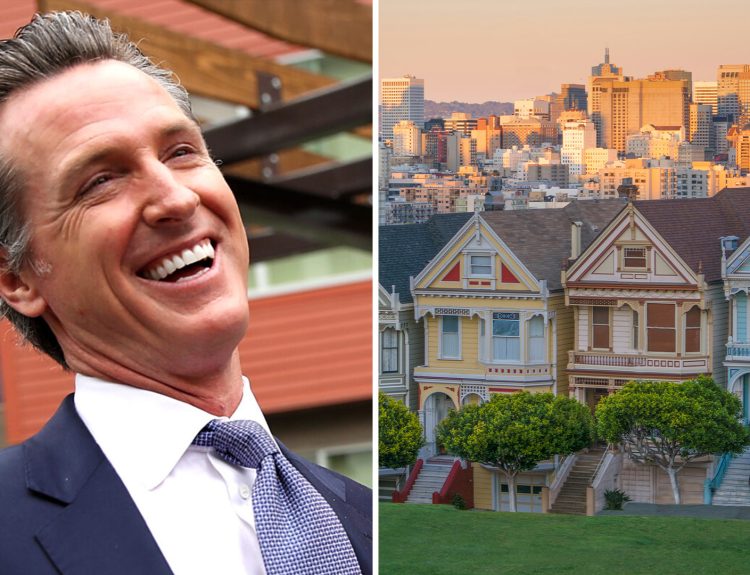Canada has reportedly promised billions of dollars for defense spending as the country shifts their national security goals. However, multiple reports indicate that is not substantial enough to meet the demands pledged to trans-Atlantic allies by Ottawa.
Canada Government Revealed New National Defense Strategy
The federal government of Canada made headlines when it revealed the country’s new national defense strategy on April 8th. The country also pledged a significant increase in the defense and military spending.
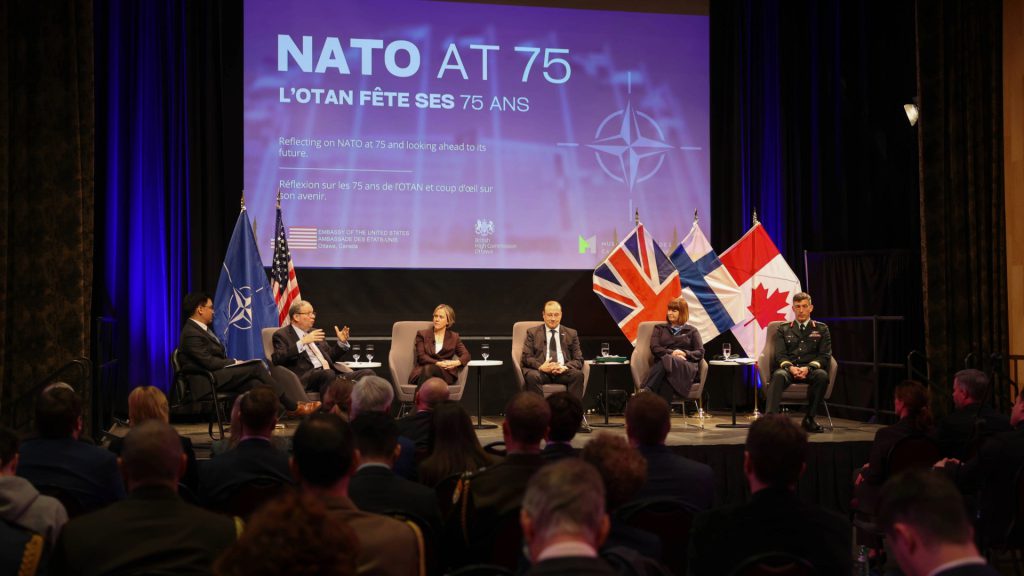
The overall goal of the increase was to help Canada align with its global allies and partners.
Canada’s National Defense Policy Includes $8.1 Billion Military Spending Goal
The national defense policy reportedly includes an $8.1 billion military spending goal. This spending was set to unfold progressively over the next five years.
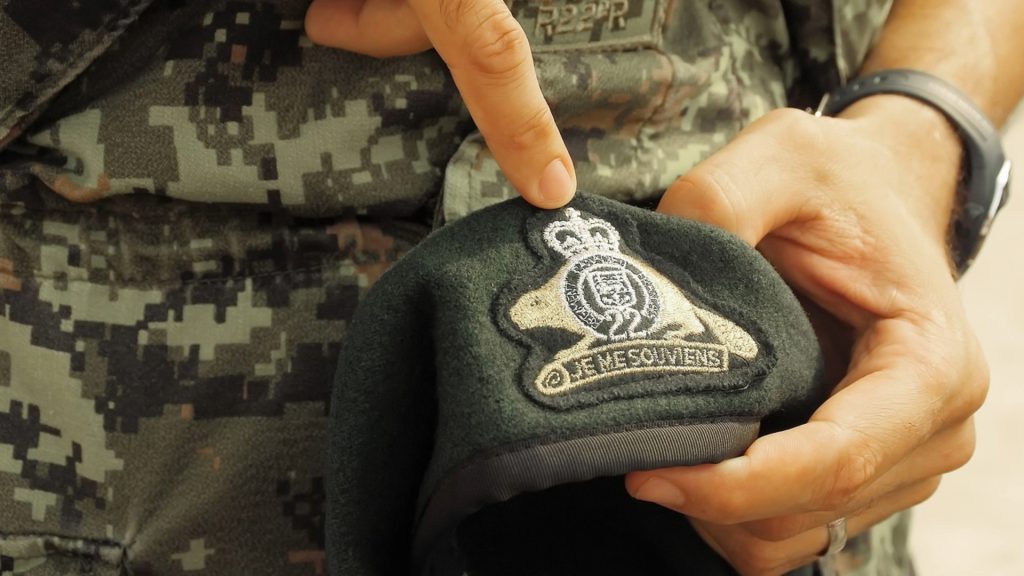
In addition, the commitment was made to increase the spending to $73 billion over time. However, that projected schedule spans over two decades.
‘Significant Increase’ In Defense Spending Will Help Reach Goal Of 2% GDP Target
The executive summary of the policy document indicates that the “significant increase” is designed to help them work towards the ultimate goal of achieving a 2% gross domestic product (GDP) target. According to the summary, this increase is a “major step forward” in the effort to achieve that goal.

The NATO members in attendance at the Vilnius Summit in 2023 reportedly agreed to that target goal.
Five-Year Defense Spending Plan Will Not Meet 2% Spending Threshold
The increased defense spending plan will reportedly not meet the 2% spending threshold that NATO members agreed to at the Vilnius Summit in 2023. Canadian Minister of National Defense Bill Blair noted in the policy document that the fund allocation would only increase Canada’s expenditure to 1.76% within the 2029-30 fiscal year.
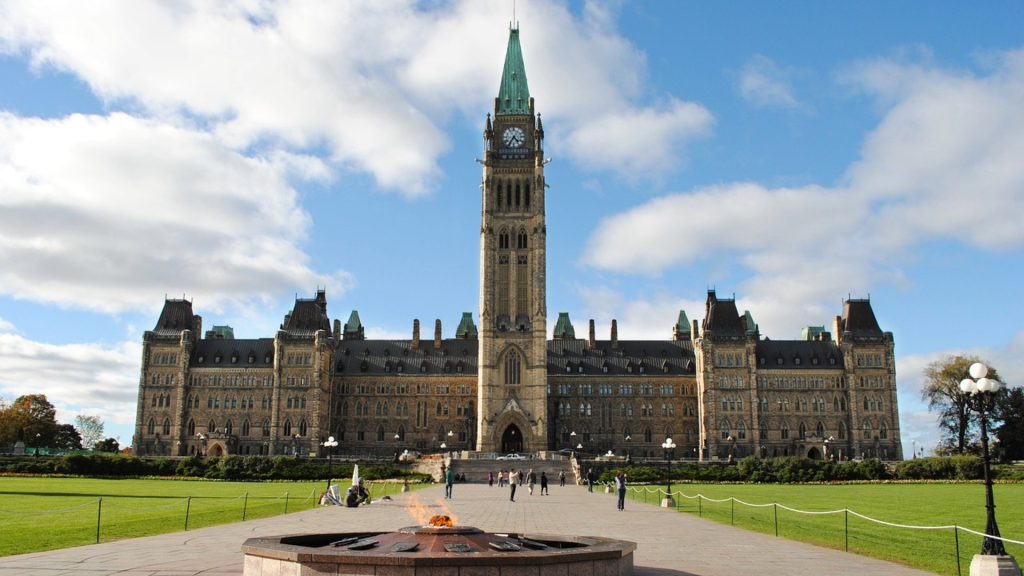
This contradicts what Blair told the Senate Committee previously regarding the new defense national policy. He reportedly indicated to the committee that the country would increase its defense spending from the existing 1.33% and that the plan would help Canada to achieve the 2% target, according to CBC News.
‘Moving From 1.33% To 1.76% By 2029-2030 Is Real Progress’, Claims US Ambassador
US Ambassador to Canada David Cohen indicated that the progress made towards the goal should still be celebrated. He stated that “moving from 1.33% to 1.76% by 2029-2030 is real progress.”
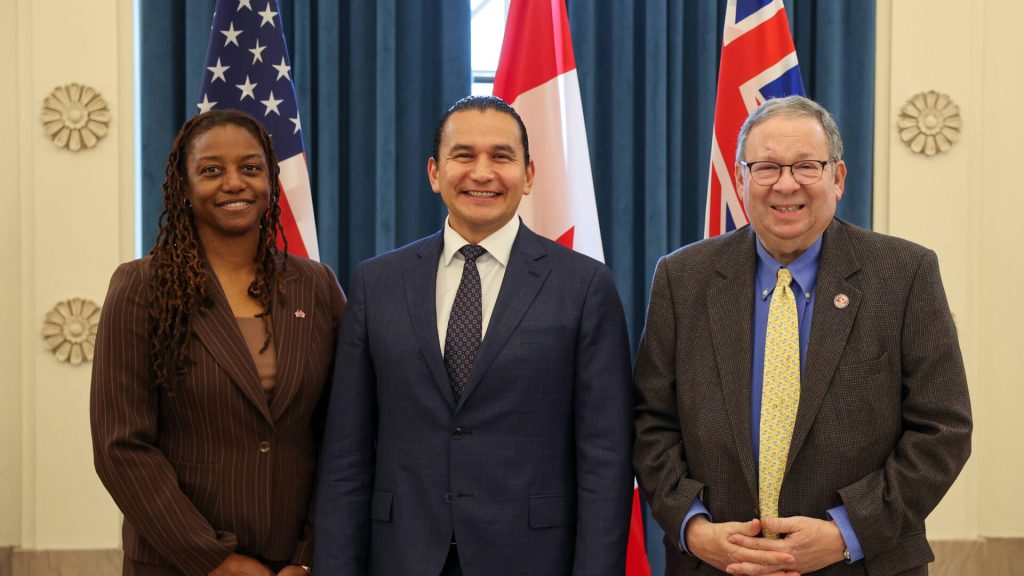
He added that they “are also encouraged by the assurances we have received that there will be additional investments,” according to CBC News.
The History Of The 2% Target Extends Back To 2006 NATO Agreement
The defense ministers of NATO member states reportedly agreed to the 2% GDP target back in 2006. The agreement consisted of each country within the alliance committing to spend at least 2% of their GDP on defense spending.

The objective of the spending was initially to secure the readiness of the defensive alliance. The defense spending target was further backed by alliance member states several years later in 2014.
NATO Leaders Agreed To Consider Future Increase Of Percentage Past 2% Target
The 2% target was not initially intended to serve as a finish line goal. On the contrary, it was essentially designed to serve as a starting point.
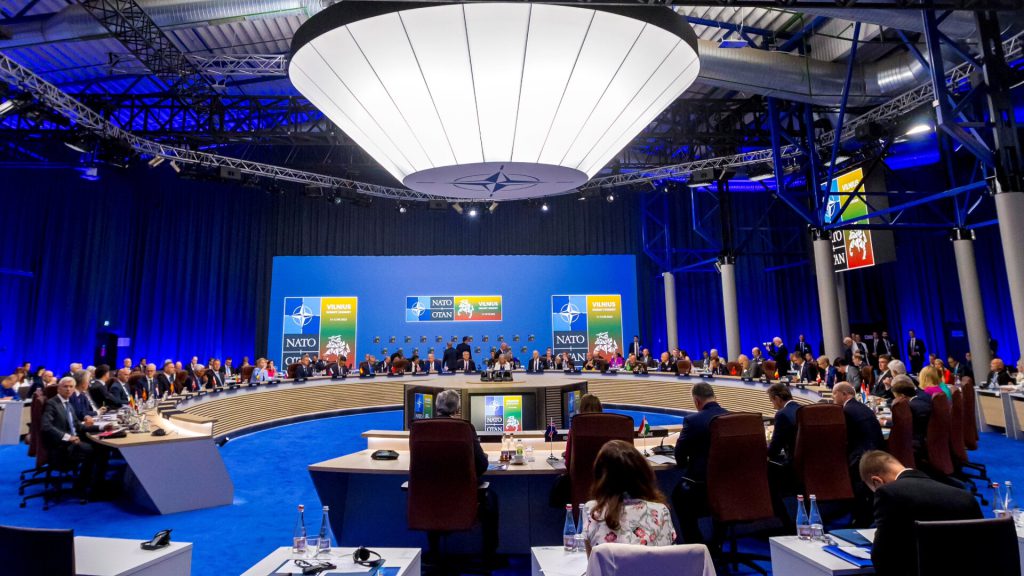
Multiple reports confirm that NATO leaders agreed to a Defense Investment Pledge at the 2023 Vilnius Summit. In addition to the pledge, they agreed that the 2% percentage would need to be raised again in the future.
Defense Investment Pledge Implemented 20% Of Annual Defense Expenditure Guideline
The new Defense Investment Pledge also implemented a new annual defense expenditure guideline. According to the report, the pledge encouraged alliance member states to comply with a “20% of annual defense expenditure guideline on major new equipment.”
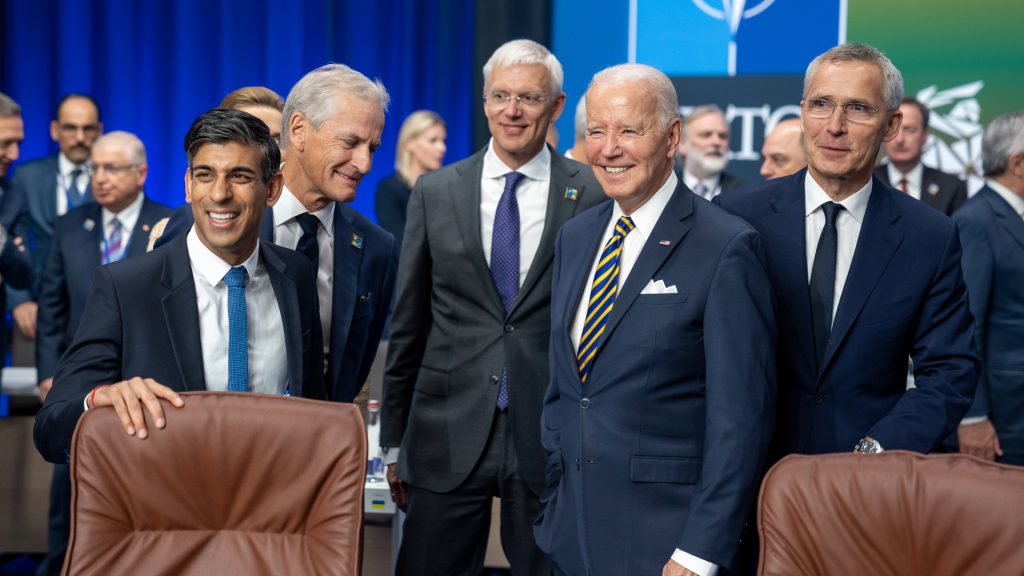
This guideline would reportedly include “research and development.” Multiple reports claimed that this would be a goal that Canada will be able to exceed.
The Policy Provides ‘Foundations For Future Growth In The Canadian Armed Forces’
Blair also mentioned in the report that the policy “lays the foundations for future growth in the Canadian Armed Forces.” According to Blair, this includes “a more regular and rapid cycle of further review and investment.”
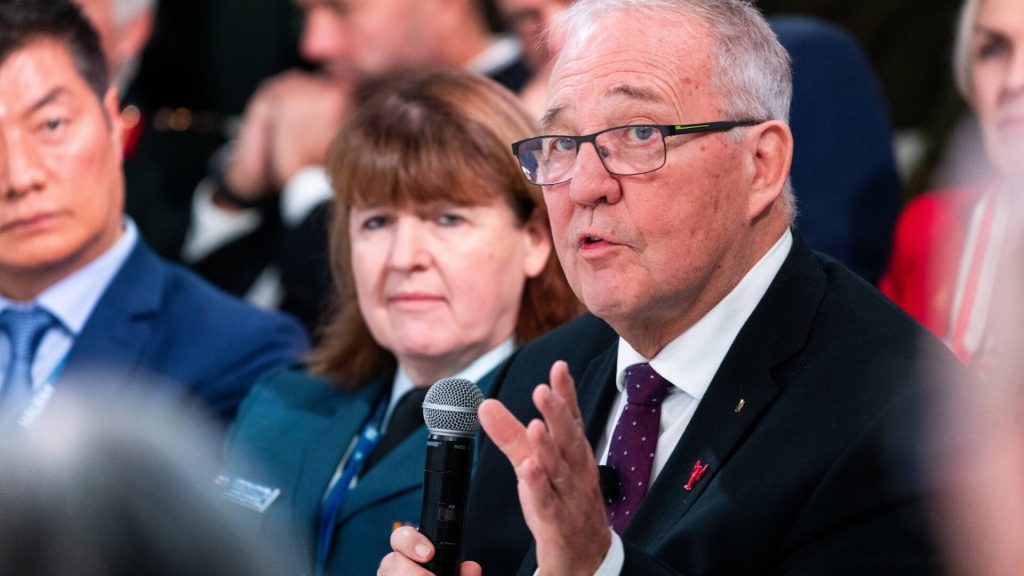
Blair further acknowledged that this was “consistent with our commitment.”
The Policy Supports The ‘Broader Interests And Values’ Of Canada
Blair also indicated within the statement that the North, Strong, and Free policy was designed to support their “broader interests and values.” It was also intended to support the country’s “engagement with allies and international partners.”
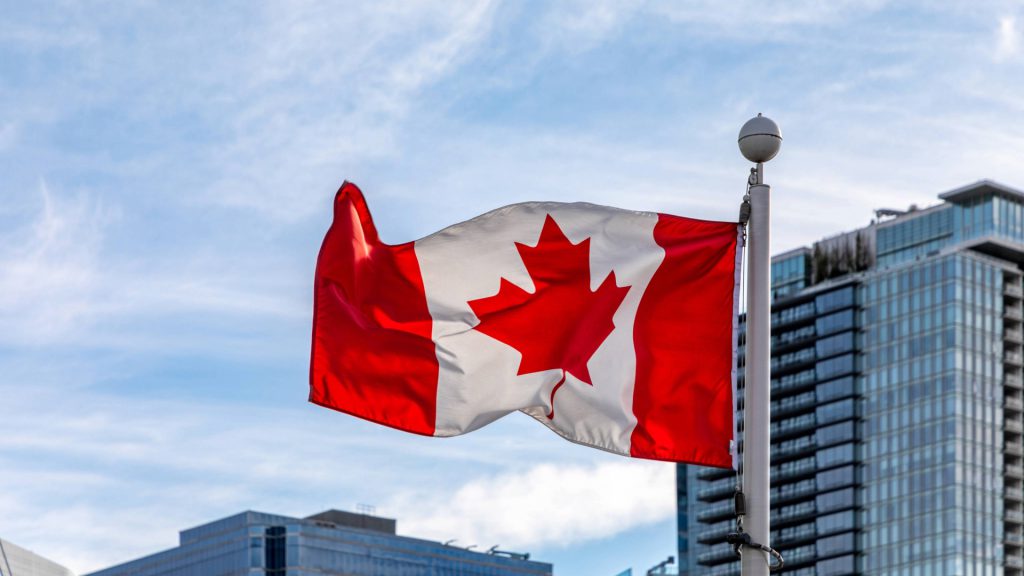
The policy was designed to strengthen the country’s role within the NATO in addition to advancing its Indo-Pacific Strategy. According to Blair, the policy “will help Canada continue to support nations in crisis.”
Blair Highlighted ‘The Reality Of Climate Change’, Arctic Warming In Statement
Blair expressed that “extreme weather events are causing provinces and territories to call on our military much more often.” He specifically referenced the need to “control the reality of climate change” in Canada.
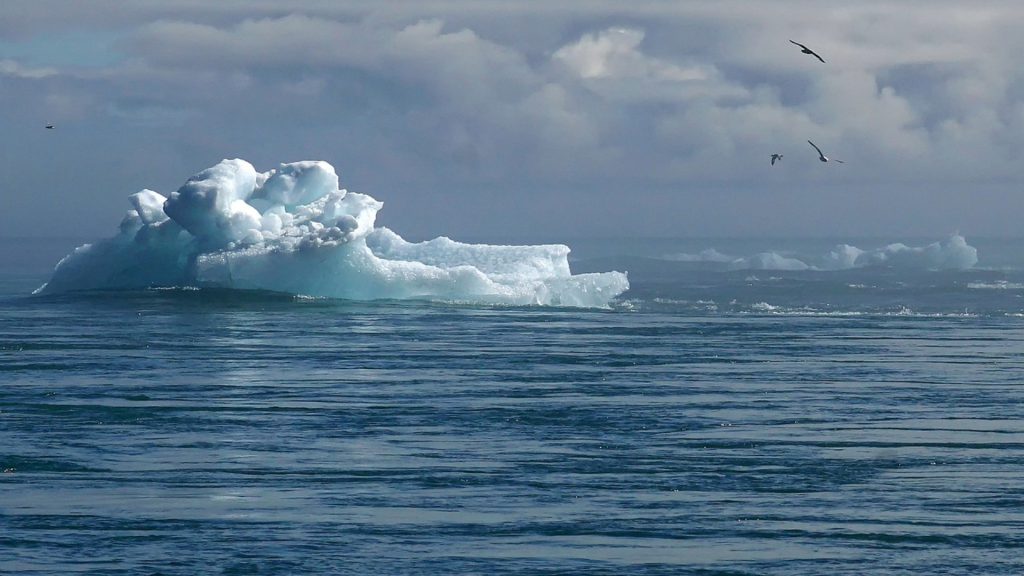
For instance, Blair wrote that “our Arctic is warming at four times the global average, opening the region to the world.” Blair acknowledged that this was previously protected annually by the Polar Ice Cap.
Arctic Ocean Could Become ‘Most Efficient Shipping Route’ Between Europe, East Asia
Further reports indicate that the Arctic Ocean could eventually become the “most efficient shipping route between Europe and East Asia.” Blair acknowledged that they are “seeing greater Russian activity in our air approaches” in addition to an increase of Chinese vessels and surveillance platforms.
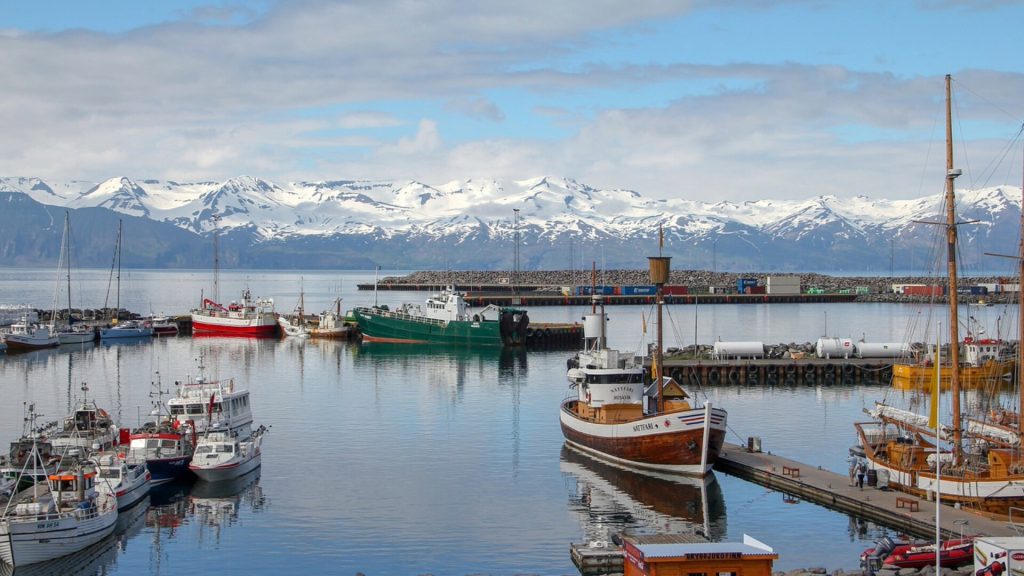
As a result, he indicated that “states are rapidly building up their military capabilities in ways that impact our security in the Arctic.” For instance, Blair referenced such examples as long-range aircraft and submarines.
Canada Invested $38.6 Billion In 2022 To Modernize NORAD Contribution
Canada reportedly invested $38.6 billion in 2022 alone to modernize the country’s contribution to the North American Aerospace Defense Command (also referred to as “NORAD.”) The country is also acquiring new maritime patrol aircraft and fighter jets.
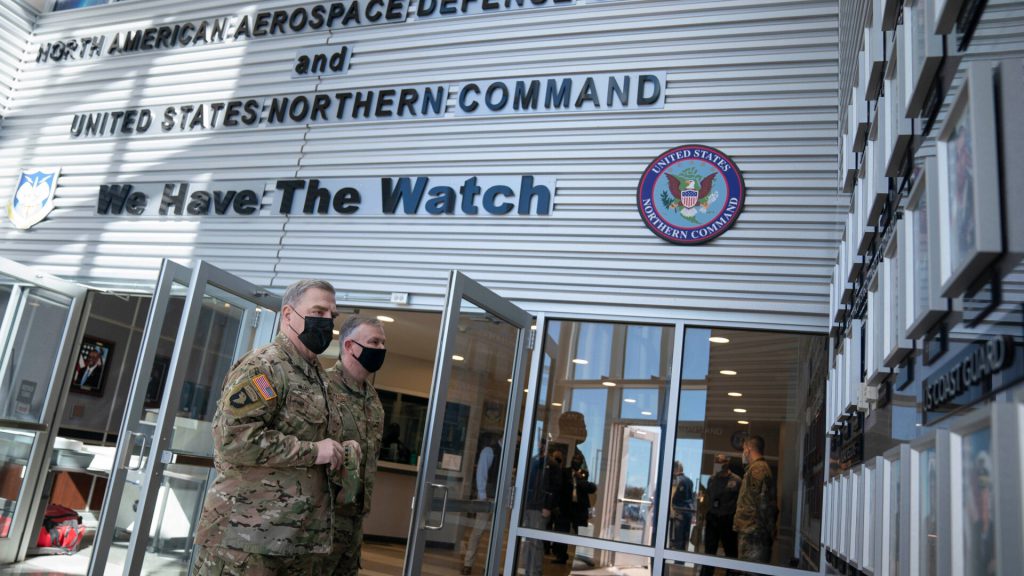
In addition, they have new integrated Canada Arctic and Offshore Patrol Vessels added to their fleet. Those vessels were reportedly delivered to Canadian sailors.
Blair Is ‘More Confident Than Ever’ In The Future Of Canada’s ‘Ability to Carry Out’ Mission
Blair concluded his statement in the report by stating that he is “more confident than ever in the future of our organization and its ability to carry out its vital mission.” He also thanked everyone within the Department of National Defense and the Canadian Armed Forces their support and “dedication to protecting Canada.”

Blair acknowledged that “none of this work is possible without our people.” He also explained that they are “committed to investing in them” through this policy and other measures.





